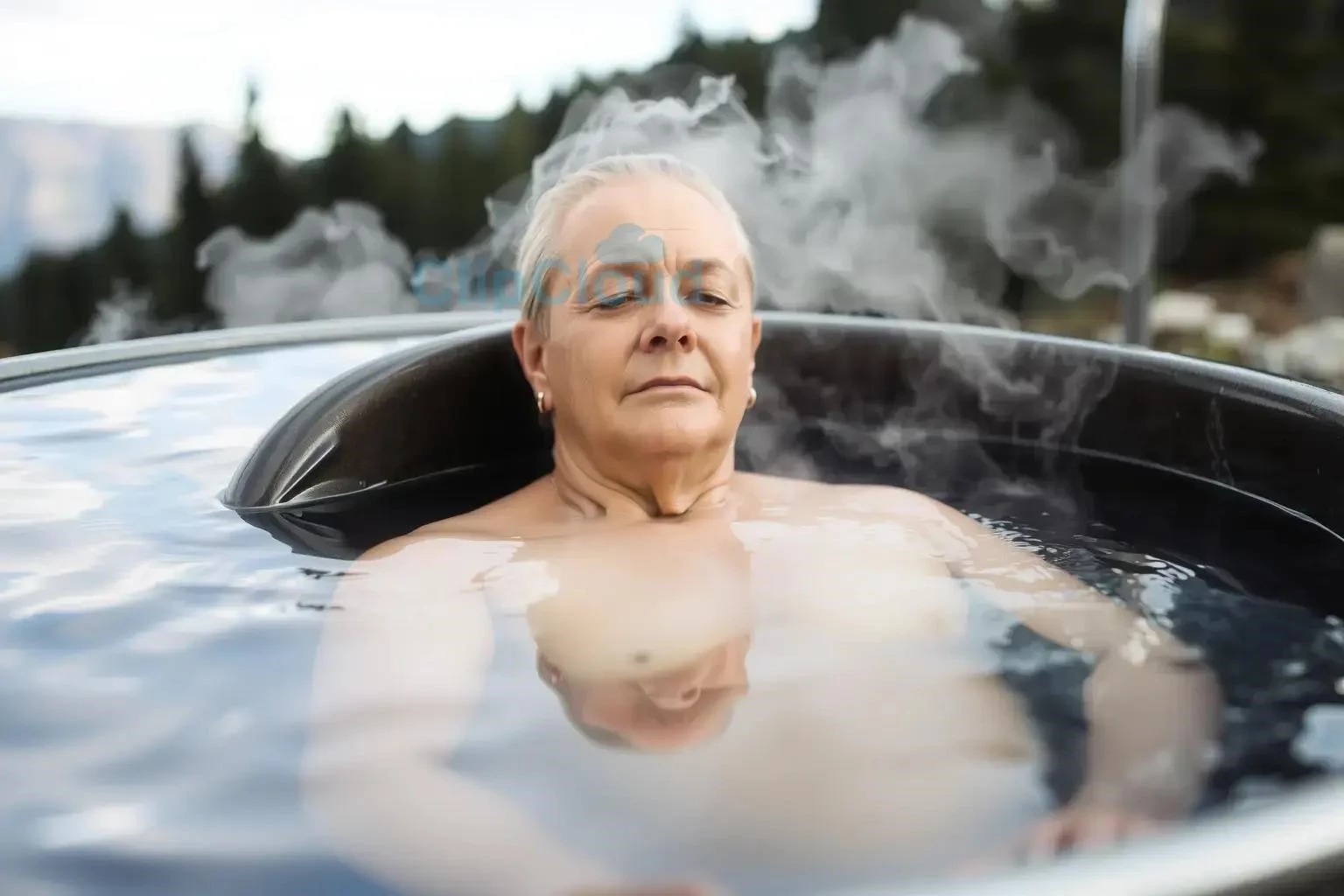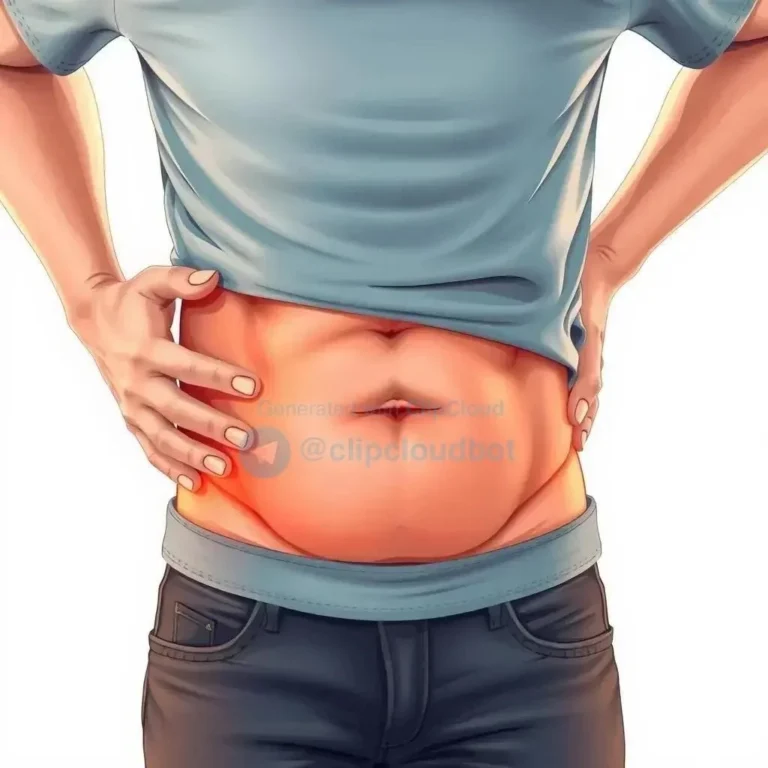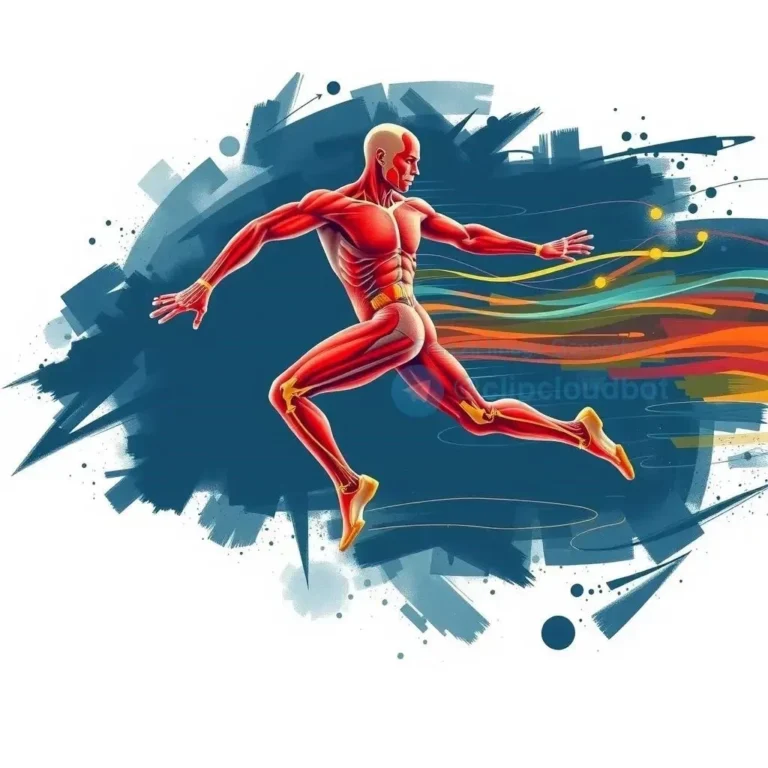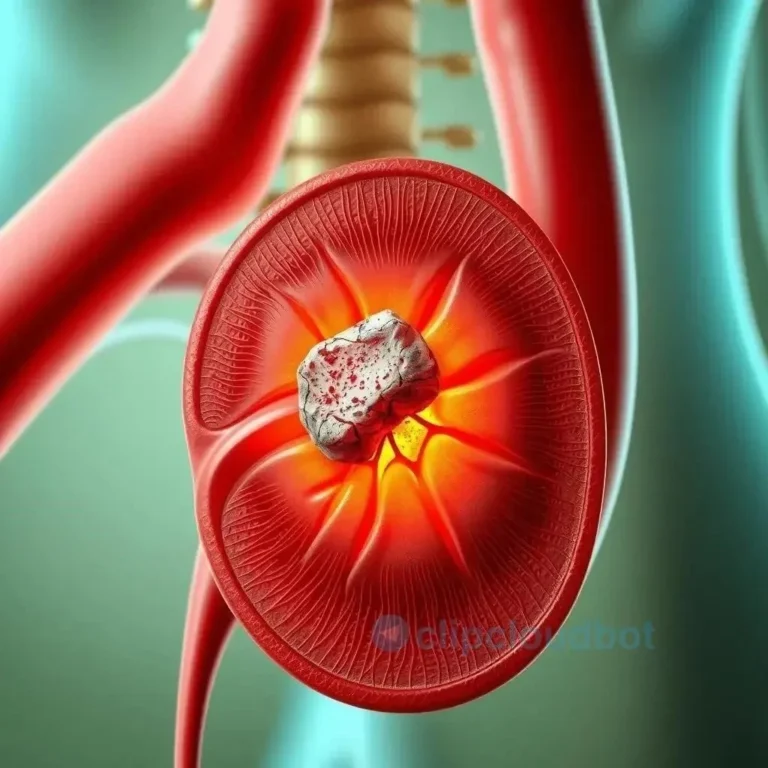The Physiology of Cold Exposure and Thermogenesis
Cold plunging activates cold shock proteins, initiating thermogenesis. This process boosts metabolism as the body works to maintain core temperature, burning calories for heat.
Metabolic Benefits: Fact vs. Fiction
While cold plunging can activate brown adipose tissue (BAT), or “good fat,” which burns calories to generate heat, the metabolic impact is often overstated. Research suggests that the calorie expenditure from BAT activation during cold exposure is relatively modest, and unlikely to lead to significant weight loss on its own.
Furthermore, the body adapts to repeated cold exposure, meaning the thermogenic response and subsequent calorie burn diminishes over time. Don’t view cold plunging as a magic bullet for weight management. Instead, consider it a complementary practice within a broader healthy lifestyle encompassing diet and exercise.
Some studies indicate cold exposure might improve insulin sensitivity, which plays a crucial role in metabolic health. Improved insulin sensitivity allows cells to utilize glucose more effectively, potentially reducing the risk of type 2 diabetes and other metabolic disorders. However, more research is needed to solidify these findings and understand the long-term effects of cold exposure on metabolic markers.
It’s important to separate the hype from the reality. Cold plunging holds promise for metabolic benefits, but it’s not a quick fix. Focus on a holistic approach to health for sustainable results.
Cold Plunging and Mental Wellness: Exploring the Mood Connection
The invigorating shock of cold plunging can trigger a cascade of physiological responses that may positively impact mood. The sudden drop in temperature activates the sympathetic nervous system, leading to a release of endorphins, often described as “feel-good” hormones. This rush can create a sense of euphoria and reduce feelings of stress and anxiety.
Furthermore, cold exposure can increase norepinephrine levels, a neurotransmitter associated with alertness and focus. This boost can enhance mood and cognitive function, potentially providing a natural remedy for mild depressive symptoms. Some individuals report experiencing a sense of calm and mental clarity following cold plunges.
Research on the long-term mental health benefits of cold plunging is still preliminary, but emerging evidence suggests it may have therapeutic potential. Studies are exploring the effects of regular cold water immersion on conditions like depression and anxiety, with some promising initial results.
While anecdotal evidence and preliminary research suggest a positive mood connection, it’s important to approach cold plunging with realistic expectations. It’s not a standalone treatment for mental health disorders. Consult a healthcare professional for personalized advice and support.
Practical Applications and Safe Cold Plunging Protocols
Start slowly and gradually increase the duration of your cold plunges. Begin with short immersions of just a few seconds, gradually working your way up to two to five minutes as your body adapts. Listen to your body and never force yourself to stay in longer than comfortable. Shivering is a natural response, but excessive shivering indicates you should exit the cold plunge immediately.
Prioritize safety by never plunging alone. Having someone present can provide assistance if needed. Avoid cold plunging if you have any underlying health conditions, such as heart problems or Raynaud’s syndrome, without consulting your doctor. Proper preparation is key. Warm up your body before entering the cold plunge to minimize the shock.
The ideal temperature for a cold plunge is typically between 50-59 degrees Fahrenheit (10-15 degrees Celsius). Monitor the water temperature with a reliable thermometer. After exiting the plunge, dry off thoroughly and dress warmly to prevent further heat loss. Allow your body to gradually return to its normal temperature.
Remember, cold plunging is not a competition. Focus on consistency and listen to your body’s signals. Prioritizing safety and gradual adaptation will allow you to reap the potential benefits of cold exposure while minimizing risks.
Beyond the Plunge: Integrating Cold Exposure into Daily Life
While dedicated cold plunges offer a concentrated dose of cold therapy, you can incorporate milder forms of cold exposure into your daily routine. Ending your shower with a burst of cold water for 30-60 seconds can provide a refreshing wake-up call and offer some of the benefits of cold plunging, albeit on a smaller scale.
Cold water face immersion, involving submerging your face in a bowl of cold water for a short period, is another accessible method. This practice can activate the diving reflex, which slows heart rate and promotes relaxation. It’s a quick and easy way to experience some of the physiological effects of cold exposure.
During colder months, consider spending short periods outdoors without excessive layering. This allows your body to acclimatize to colder temperatures and potentially stimulate thermogenesis. Embrace the crisp air and experience the invigorating sensation of natural cold exposure.
Remember to prioritize safety and gradual adaptation with any form of cold exposure. Listen to your body and adjust your practices based on your individual tolerance and comfort level. Integrating cold exposure into daily life can offer a convenient and accessible way to experience its potential benefits;
The Future of Cold Therapy: Research and Emerging Applications
Research into cold therapy is ongoing, exploring its potential therapeutic applications beyond the current understanding. Scientists are investigating the effects of cold exposure on various physiological processes, including inflammation, muscle recovery, and pain management. Preliminary findings suggest that cold therapy may hold promise for alleviating symptoms associated with certain conditions.
Emerging technologies are being developed to optimize cold therapy delivery and personalize treatment protocols. Cryotherapy chambers offer precise temperature control and localized application of cold, potentially enhancing therapeutic benefits. Wearable cold therapy devices are also being explored, allowing for convenient and targeted cold application in daily life.
Further research is needed to fully understand the mechanisms underlying cold therapy’s effects and to establish optimal protocols for different conditions. As scientific understanding advances, cold therapy may become an increasingly valuable tool for promoting health and well-being.
While the future of cold therapy holds exciting possibilities, it’s crucial to approach emerging applications with cautious optimism. Rely on evidence-based research and consult with healthcare professionals for guidance on safe and effective practices.






